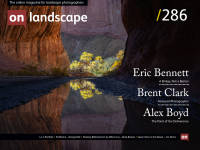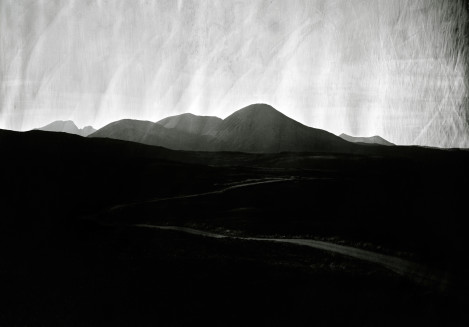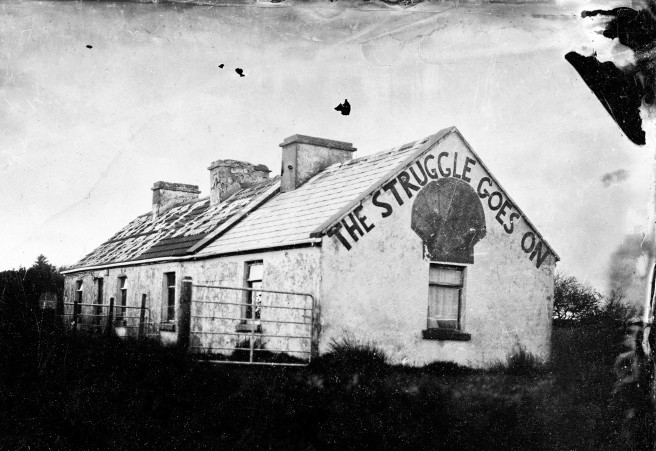a ten-year project which documented the western seaboards of Scotland and Ireland using wet-plate collodion

Alex Boyd
Alex Boyd is a Scottish Photographer, writer and curator whose work explores remote and Northern landscapes.
In this article, Alex Boyd reflects on the series ‘The Point of the Deliverance’, a ten-year project which documented the western seaboards of Scotland and Ireland using wet-plate collodion. Here he discusses the origins of the project, how he managed to sustain it, and the journey to release it as a book.
I’ve come to realise in the two decades that I’ve worked as a photographer that I’m not someone who works quickly. Slowly engaging with a subject, repeatedly revisiting the same locations, getting to know their longer histories, and making a handful of images (and then not looking at them for years at a time) seems to be my general method. This approach is not uncommon for landscape photographers and explains why so many projects are never finished if it is indeed ever possible to truly finish a project. There is always so much more to do.
Perhaps my longest personal project is The Point of the Deliverance, a journey around the west coasts of Scotland and Ireland with a large format camera, dark tent and all the chemicals and equipment needed to make tintypes and ambrotypes. It had its origins in 2010 when I visited Sally Mann’s ‘The Family and the Land’ at the Photographers Gallery in London. The usage of antique processes was a revelation – I had recently returned from a visit to the west of Ireland and found that my images lacked some of the drama and presence I had experienced at the locations. Undoubtedly this was due to my skills as a photographer; however, no amount of darkroom manipulation or creative usage of filters in the field was giving me the aesthetic I was searching for. As I gazed in wonder at Mann’s work, I wondered if I might be able to learn how to make images this way or if, like daguerreotypes, they would be the preserve of a small group of wealthy photographers.
Learning by failing – early experiments and motivations (2010-11)
As luck would have it, I was invited to exhibit with Thomas Joshua Cooper and others at a gallery in Glasgow, which included the work of a wet-plate photographer based in Scotland. Following a number of workshops learning how to produce flawless plates in a studio environment, I was able to acquire a camera and chemistry and get out into the land. This is where the true learning process began, as the effects of the Northern climate on my ability to consistently produce images were tested, with countless failures along the way.
These failures provided a focus. Making glass plates is not only time intensive but expensive. I worked in winter weather, with cold winds often blowing my dark box over. Chemicals were spilt, and glass plates were smashed, sometimes in error, other times out of frustration.
For those unfamiliar with working with wet-plate collodion – it’s a process that was first invented in the early 1850s. It requires collodion (gun cotton dissolved in ether), a syrupy substance which is poured onto a piece of tin or glass. This is then dipped into a bath of silver, where silver halides bind to the collodion, forming a photo sensitive film. In a darkened place, it’s loaded into a slide holder, exposed, and then developed and fixed in a dark tent, dark box, or darkroom.



